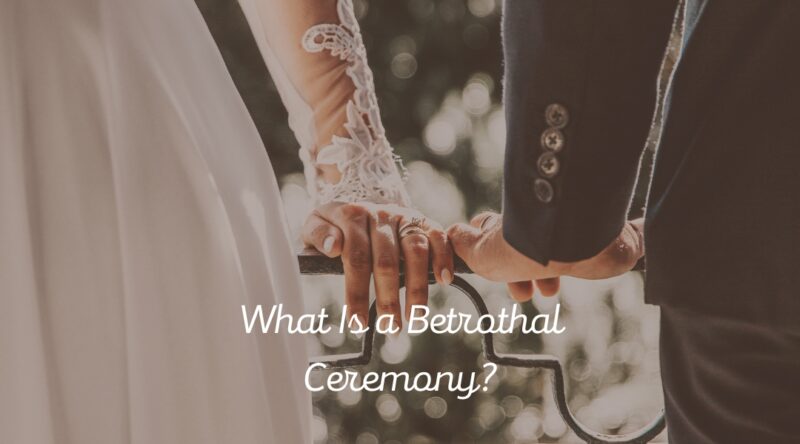As the world evolves, so do the ways we celebrate love and commitment. From engagement parties to destination weddings, modern couples are embracing a variety of unique traditions. One such time-honored custom that has been making a comeback is the betrothal ceremony. So, what is a betrothal ceremony, and how can you plan one? We’ve got you covered with a comprehensive guide to help you create a beautiful, memorable, and meaningful event.
Overview of the Betrothal Ceremony
A betrothal ceremony, also known as an engagement ceremony, is a formal event where a couple publicly announces their intention to marry. This celebration often involves an exchange of tokens, such as rings or other symbolic gifts, and is typically attended by close family and friends. Betrothal ceremonies differ from engagement parties in that they focus more on the spiritual and emotional aspects of the union rather than simply commemorating the couple’s decision to wed.
The History and Significance
The betrothal ceremony has deep roots in history, dating back to ancient times. In many cultures, it was considered a binding agreement between two families, signifying not only the union of the couple but also their families. This alliance was often established for social, economic, or political reasons, and the ceremony itself was an essential part of the marriage process.
Throughout the centuries, the significance of the betrothal ceremony has evolved to focus on love and commitment. Today, it serves as a meaningful way for couples to express their dedication to one another and share their intentions with their loved ones.
Traditions Around the World
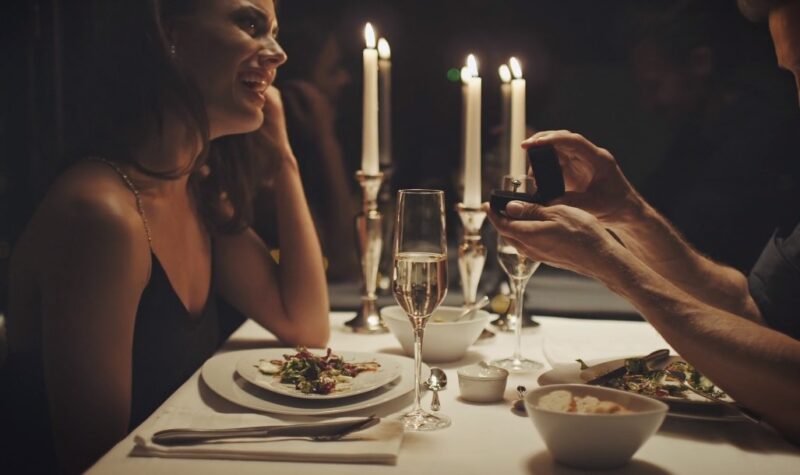
Betrothal ceremonies can be found in various cultures, each with its unique customs and rituals. Here are a few examples from around the world:
Jewish tradition
In Judaism, the betrothal ceremony is called “Kiddushin” or “erusin.” It involves the groom placing a ring on the bride’s finger and reciting a blessing, signifying that they are now betrothed.
Indian tradition
In many Indian cultures, a “Roka” ceremony is held, where the bride and groom’s families exchange gifts and blessings. This event solidifies the couple’s commitment and establishes the bond between the two families.
Chinese tradition
Known as the “Ting Hun” ceremony, the betrothal in Chinese culture involves an elaborate exchange of gifts between the couple’s families, symbolizing their union and good fortune.
Themed Ceremonies
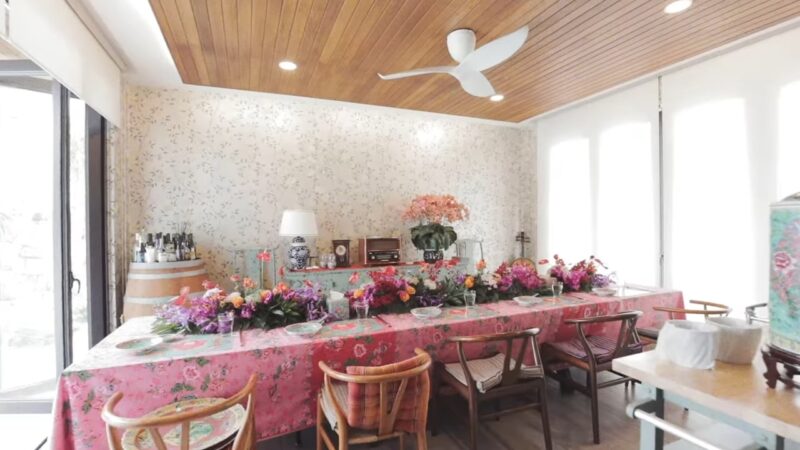
Choosing a theme for your betrothal ceremony can add a memorable element to the event. Consider these themes as starting points:
Vintage
Embrace the charm of yesteryear with a vintage-themed ceremony. Incorporate antique decorations, timeless attire, and nostalgic music to create an atmosphere of timeless elegance.
Nature-inspired
Celebrate your love in the great outdoors with a nature-themed ceremony. Select a picturesque location, such as a garden, forest, or beach, and weave in natural elements like flowers, greenery, and rustic décor.
Cultural fusion
If you and your partner come from different cultural backgrounds, consider blending elements from both traditions to create a unique and meaningful ceremony that honors your diverse heritage.
Creative Activities and Entertainment

Incorporate interactive elements into your betrothal ceremony to engage and entertain your guests. Consider these ideas:
A group blessing
Invite your guests to participate in a group blessing or prayer, reinforcing the sense of community and support surrounding your commitment.
Live music or performance
Arrange for a live musician or cultural dance group to perform during your ceremony, adding an artistic and entertaining touch to the event.
Memory sharing
Encourage guests to share stories or memories about you and your partner, fostering a deeper connection between attendees and highlighting the impact of your relationship on those around you.
The Benefits of Hosting a Betrothal Ceremony
Incorporating a betrothal ceremony into your wedding journey offers several benefits:
- An opportunity to celebrate your love and commitment in a more intimate setting, separate from the larger wedding festivities.
- A chance to involve your closest family and friends in a meaningful way, deepening your bond with them.
- The ability to honor your cultural or religious traditions and create a lasting memory for you and your partner.
- A way to focus on the emotional and spiritual aspects of your union, establishing a strong foundation for your marriage.
How to Plan a Betrothal Ceremony: A Step-by-Step Guide
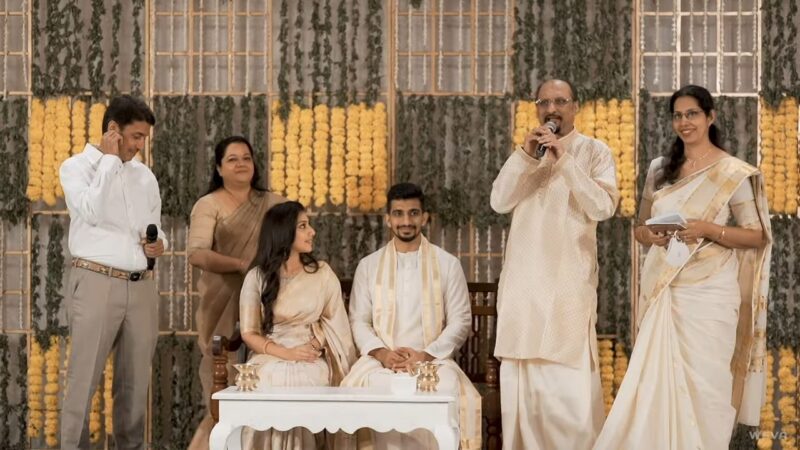
Ready to plan your own betrothal ceremony? Follow these steps to create a unique and memorable event:
Step 1: Decide on the size and formality of your ceremony
Before diving into the details, determine the scale and style of your betrothal ceremony. Will it be a small, intimate gathering, or a larger, more formal event? This decision will help guide your planning process.
Step 2: Choose a meaningful location
Select a location that holds personal significance for you and your partner. It could be a place where you first met, a serene outdoor setting, or even your family home. Ensure the chosen venue can comfortably accommodate your guests and suits the tone of your ceremony.
Step 3: Set a date and time
Choose a date and time for your betrothal ceremony that works well for you, your partner, and your closest family and friends. Consider factors such as weather, work schedules, and potential conflicts with religious or cultural holidays.
Step 4: Incorporate cultural or religious elements
Research and discuss with your partner any cultural or religious traditions you would like to include in your ceremony. Incorporating these elements can enrich the experience and create a more meaningful connection with your heritage.
Step 5: Plan the ceremony structure.
Outline the flow of your betrothal ceremony, considering aspects such as speeches, readings, music, and the exchange of tokens or vows. You may want to involve a celebrant, religious leader, or close family member to guide the ceremony.
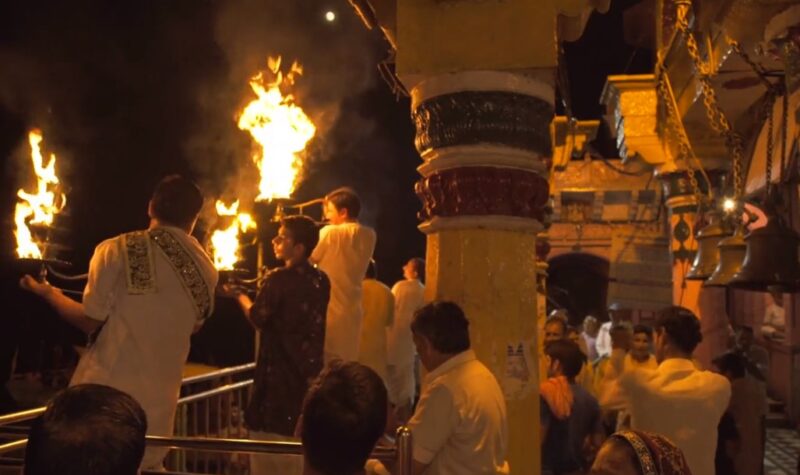
Step 6: Select symbolic tokens or gifts
Decide on the tokens or gifts that you and your partner will exchange during the ceremony. This could be rings, bracelets, or other meaningful items that symbolize your commitment to one another.
Step 7: Invite your guests
Create and send out invitations to your closest family and friends. Ensure that they have ample notice, so they can make arrangements to attend your special event.
Step 8: Plan the post-ceremony celebration
Organize a reception or gathering following the betrothal ceremony to continue the celebration with your loved ones. This could be a simple meal at your home, a picnic in a park, or a catered event at a nearby venue.
Step 9: Capture the memories
Hire a professional photographer or videographer to document your betrothal ceremony, or ask a talented friend to capture the special moments. You’ll cherish these memories for years to come.
Step 10: Enjoy the moment
Remember to take a step back and appreciate the significance of your betrothal ceremony. This event marks the beginning of your journey toward marriage, so be present and savor the experience with your partner and loved ones.
Final Words
A betrothal ceremony is a beautiful way to honor your love and commitment and to share your intentions with those closest to you. By planning a thoughtful, personalized event that reflects your cultural or religious traditions, you can create a lasting memory for both you and your partner. With careful consideration and attention to detail, your betrothal ceremony will be an unforgettable milestone in your journey toward a lifetime of love and happiness.

